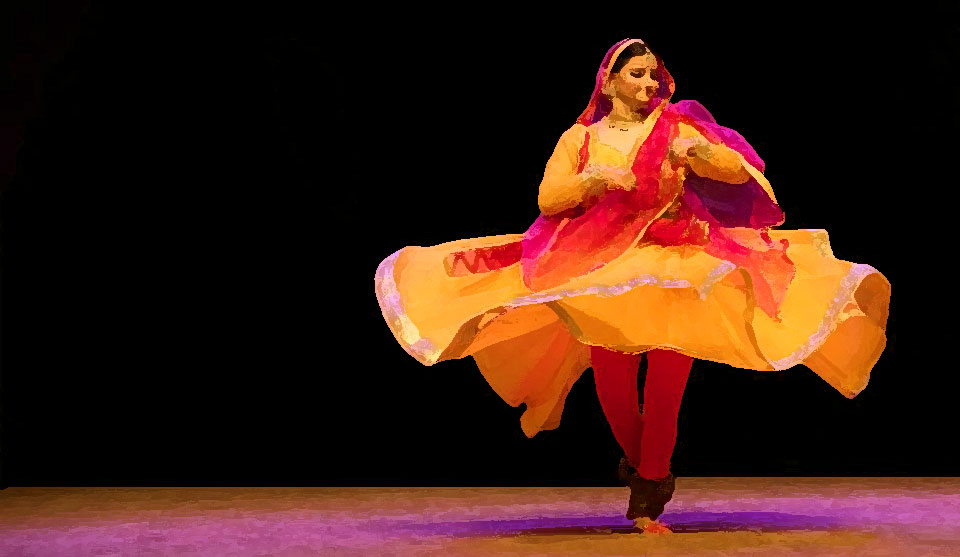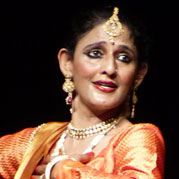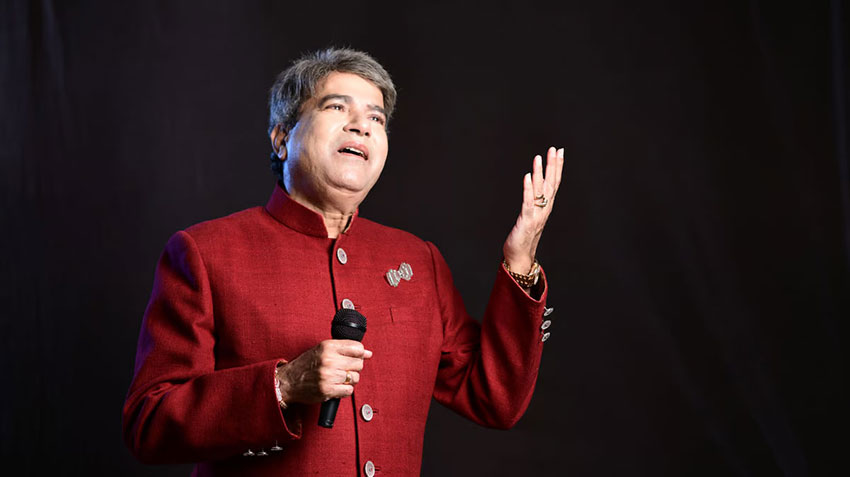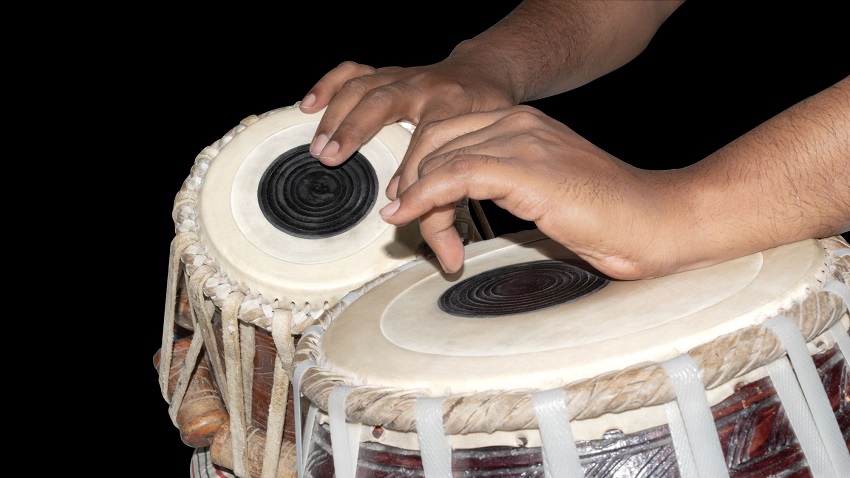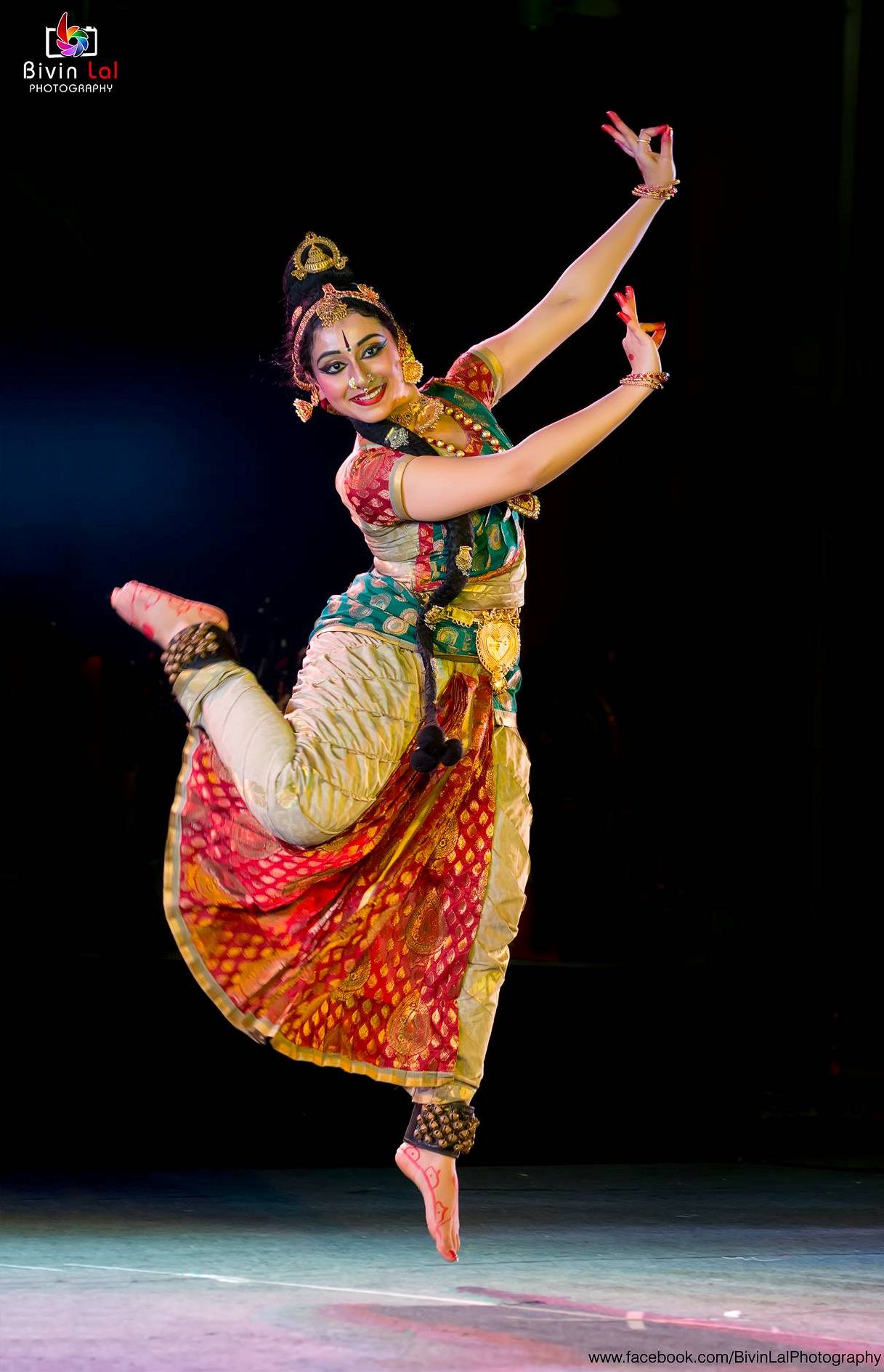The Chakkar or the pirouette in Kathak is a tool for completing a ritual in the larger frame of a spiritual journey called –Performance. However, today, it has emerged as a powerful tool to assert an individual’s power and ego as a means of sensational spectacle.
This analysis is based on an interview with Pandit Birju Maharaj-The living Legend of the Dance form-Kathak:
A traditional vocabulary forms the baseline of the language that defines the structure of a dance form. Each aspect of the vocabulary has a defined function which is rooted in the very essence of Indian civilization aesthetics of creativity.
The Ecology of Indian Classical Dances:
Most Indian Dances categorized as Classical evolved fundamentally from an environment where the individual performing artist was taught to be in a process of a spiritual journey. Both the body of transmission methods and the technical vocabulary of the dances were rooted in a sacred frame. This perception was aligned with the critical aspect of the idea of reducing the ego of an individual and directing the focus of a creative artistic path to self-realization and submission to the understanding of a greater whole.
Second- To captivate the audience, the sacred structure and environment incorporated accessories that formed the elements of entertainment captivating nuances to please senses and evoke emotions were appended. Dramatic costumes, make-up, acrobatic facets were injected to capture the imagination of patrons and audiences alike. However, these feats of spectacles once capturing the attention of the audience were gradually meant to be driven to the margin in the process of the performance, and the attention of the audience along with the performer was to get on the track of the journey of spiritual elevation defined by submission and immersion.
Locating Chakkars in Kathak

Kathak is the only ‘Classical’ dance form in India where the body stands upright. However, the position of movements and position of the body and limbs are often subtly placed as tribhang or a wave-like movement with subtle 3 breaks providing – three-dimensional appearance, lyricism and grace.
The three levels of cutting space can be perceived to be locating the movement incorporating levels of existence from within – mind, body, spirit.
The Structural importance of rendering abstract movements of pure dance or nritt constantly is embedded in a spiritual journey by the dancer. The more the immersion the more the energy emitted resulting in conjoining the dancer with the audience.
The element of Ang Shuddhi
Ang (body movement in tandem with mind and spirit) is dance in movement which is charted along a path expressed in Kathak through the language of mnemonic syllables inserted within the coherence of time defined by rhythmic cycle or Tala. The body moves in time and space in a manner that an ephemeral painting is created. Each composition is a step in the larger scheme of a ritual called performance. Since the entire process of the Angshuddi in a specific composition of pure dance is laced with spirituality, the Chakkars or the pirouettes assumes the importance of an allegory parallel to the circumambulation or parikrama conducted around a Temple to indicate the conclusion of ritual. The circumambulation or parikrama is the final offering before proceeding to the next level of the performance or providing a conclusion.
The Rupture of Perceiving Chakkars as Spectacles and not as a Parikrama
The Chakkars thus become the ritual of complete submersion. However, recently, with importance given to the individual ego, a rupture has emerged. A part of this process has affected the understanding of the tool of the Chakkar in Kathak dance. From the functionality of being a means of projecting submission, the Chakkar or pirouette has evolved as the prime tool for creating a spectacle. This, of course, communicates a sense of thrill and admiration in the audiences who respond with thundering claps, however, as in reality since it is the Ego of the individual which is envisioned, the excitement in the audience is like the joy of fast food without any nutrition. The thrill is for the moment anchored on the Ego of the individual performer, while if the Chakkar in Kathak is executed with the spirit of submission, it provides no excitement in the audience but a depth of peace, where the Rasa or the seminal emotion generated by an in-depth performance allows the rasika or the audience to go on a true journey with the dancer characterized by a lived experience of deep transcendence.
Today, when the element of Exhibition has taken precedence, the Element of Power dance is enhanced by the thrill of Chakkar little realizing, the dance is not actually performed!
The claps that thunder with such spontaneity only resounds for the moment, but the dance of the performer never becomes a Gaatha- a circle of a story such that the performance in the mind of the audience becomes timeless.



